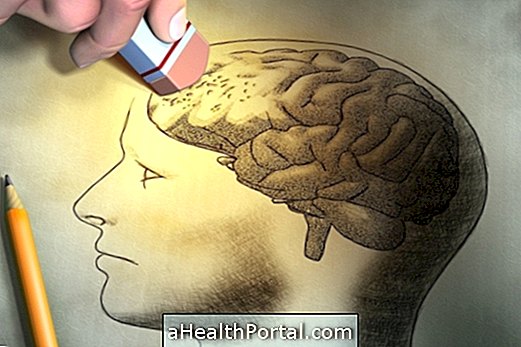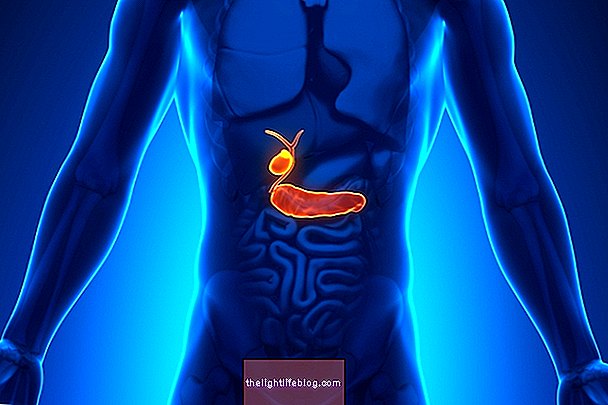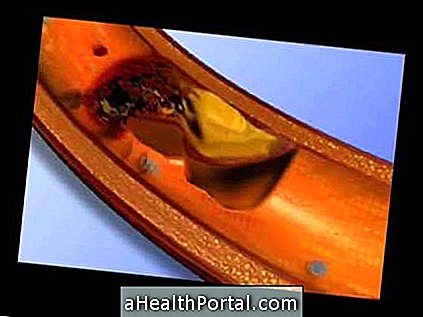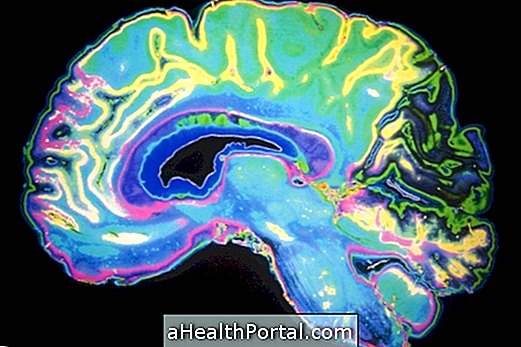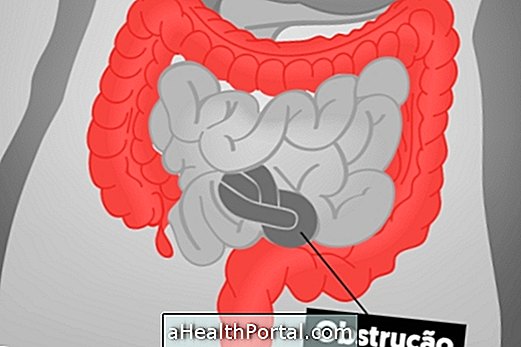Spinal muscular atrophy is a rare genetic disease that affects nerve cells in the spinal cord responsible for transmitting the electrical stimuli from the brain to the muscles, thus preventing the individual from having difficulty or not being able to move the muscles voluntarily.
There are several types of spinal muscular atrophy, depending on the degree of muscle impairment and the age at which the first symptoms appear:
- Type 1 : is a severe form of the disease that can be identified shortly after birth as it affects the normal development of the baby, leading to difficulty holding the head or to sit supportive. In addition, there may also be difficulty breathing or swallowing;
- Type 2 : usually develops in babies between 6 and 12 months and causes difficulty in sitting, standing or walking without support;
- Type 3 : This type is lighter and develops between childhood and adolescence, and although it does not cause difficulty walking or standing, it hinders more complex activities such as going up or down stairs, for example. This difficulty can get worse, until it is necessary to use a wheelchair;
- Type 4 : It is more common in people over 30 and also causes milder symptoms such as tremors of the arms and legs, as well as some difficulty breathing.
Although there is still no cure for muscle atrophy, some forms of treatment are able to slow the progression of the disease and relieve symptoms by improving quality of life.

What Causes Atrophy
The main cause of spinal muscular atrophy is a genetic mutation on chromosome 5 that causes the lack of a protein, known as SMN-1, which is important for proper functioning of the muscles.
However, there are rarer cases where the genetic mutation occurs in other genes that are also related to the voluntary movement of muscles.
How is the treatment done?
The treatment for spinal muscular atrophy is usually done with physical therapy and occupational therapy, where techniques are taught to reduce the impact of the disease on the patient's life, such as use of a wheelchair and other equipment that facilitate daily tasks such as eating, drinking or walking .
In addition, physiotherapy sessions are also done to help keep muscles active, facilitate circulation and delay the progression of the disease.
A new drug to treat this disease, known as Spinraza, has already been approved in the United States, but still awaits approval from Anvisa. This medicine can be used in cases where the SMN-1 gene is affected and promises to reduce almost completely the symptoms of the disease. Learn more about Spinraza and how it works.



